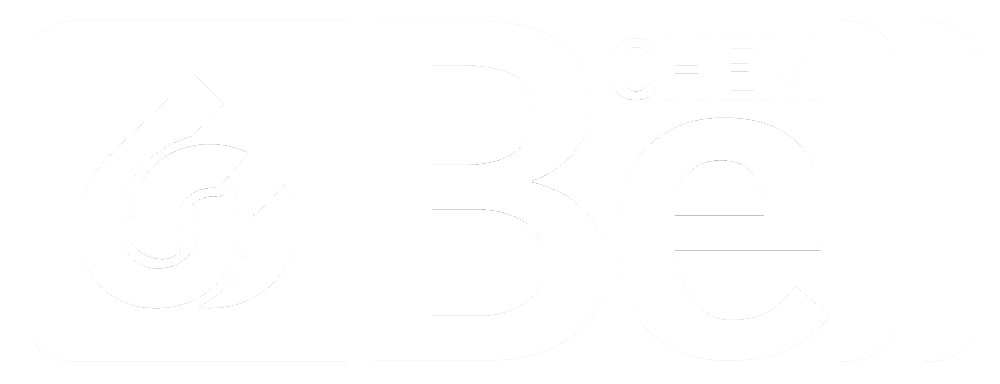Understanding the Different Types of USP Ingredients
Reading labels is vitally important, but it can be confusing. Adding to this is a completely different category of ingredients, specifically, USP ingredients. What are USP ingredients, and how do they differ from traditional ingredients? Your USP ingredient supplier, Bell Chem, is happy to shed light on USP ingredients.
The United States Pharmacopeia (USP) was founded more than 200 years ago to oversee the medicines, supplements, and foods Americans consume. Following quality standards open to public inspection, the USP engages in science to supply medicines meeting strict guidelines on purity, identity, performance, and strength, thereby delivering quality medicines around the world while increasing consumer health.
Prescription Medicine Quality Standards
The purity and strength of prescription medicines cannot be overlooked. Many diseases require precise dosages, and USP ensures every dose is accurate. The quality standards for prescriptions fall under three categories: general chapters, material reference standards, and monographs.
General chapters outline product development procedures to any industry involved in prescription medicine or devices.
Material reference standards is a quality control step guaranteeing medications — along with their individual ingredients — meet USP testing requirements.
Monographs address quality expectations — content uniformity, identity and strength — for medicines and medical products. These written directives are required by the FDA to ensure all quality standards are met or exceeded.
Components of a monograph
Here’s a more detailed look at the components of a monograph:
Identity: A medicine’s label means nothing if no quality control exists. USP monographs demand the ingredients and substances within the medication are what is claimed on the medicine’s packaging per the Food and Drug Administration’s approval.
Strength: A bottle of prescription medication has a small range of variability for each tablet within each bottle. USP regulations test for those narrow ranges to verify the medication meets the FDA’s guidelines.
Purity: Some medications allow impurities in small amounts, when applicable. USP monographs explain the amount of those impurities, along with how they were measured and tested.
Performance: Extensive laboratory testing on how a medication affects the human body is written on this section of the USP monograph.
Meeting or exceeding the monograph expectations grants the medication USP approval once the facility’s medication is approved by the FDA.
Examples of USP tests
USP testing encompasses many aspects of medicine, from machinery to medications. Many of these tests are not necessarily a huge part of Bell Chem’s daily routine. However, several are vital for USP-worthy products. For instance, as a test for uniformity of nutritional and dietary supplements, many of Bell Chem’s products fall under the category USP 2021/2022. The testing includes checking the total number of oxygen-dependent bacteria in supplements.
Bell Chem is your USP ingredient supplier based in Longwood, FL (just north of Orlando) with hundreds of products stocked in their 50,000+ square-foot warehouse. You can expect the highest quality products, expedited shipping options for maximum efficiency, and unrivaled personalized customer service. Let our knowledgeable and friendly customer service representatives and accounting staff personalize all your needs by calling 407-339-BELL (2355) or send us an online message.

